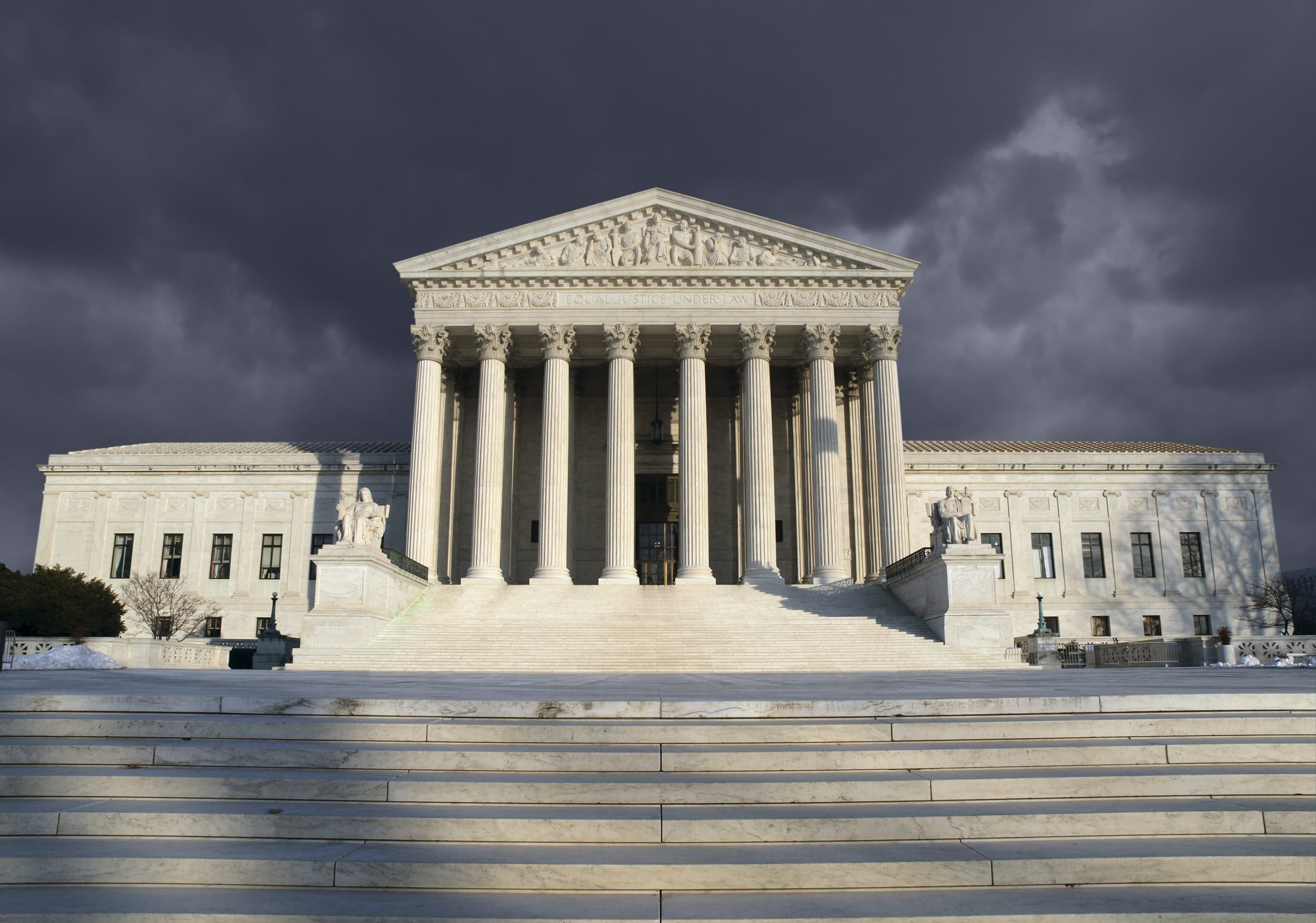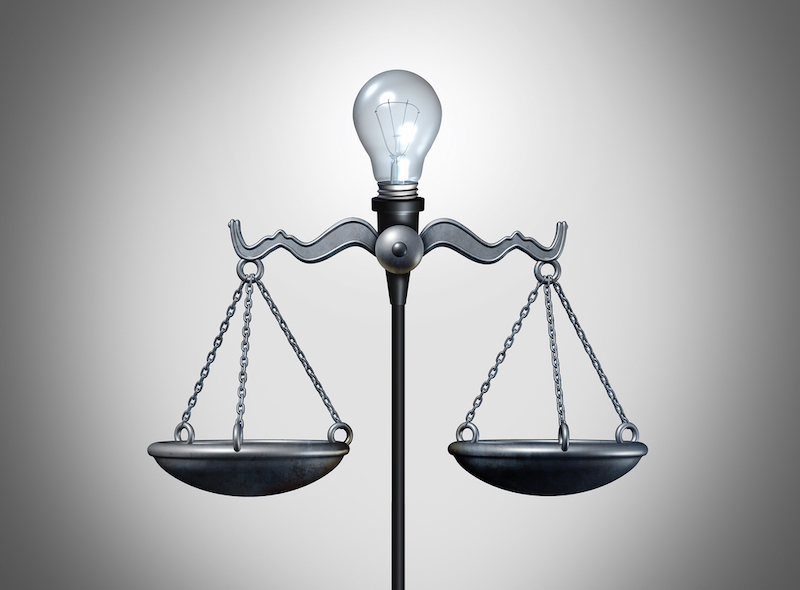USPTO Delivers Inventorship Guidance on AI-Assisted Inventions | BakerHostetler
Further to President Biden’s 2023 executive order (EO) on the safe, secure and trustworthy development and use of artificial intelligence (AI) last year (see the U.S. Patent and Trademark Office (USPTO) released its much anticipated Inventorship Guidance on AI-Assisted Inventions (“Guidance”).[1] The Guidance is retroactive, meaning it applies to all patent applications and issued patents filed before, on or after February 13, 2024. The Guidance strives to ensure balance between protecting and incentivizing AI-assisted inventions and not hindering future human innovation, as “the patent system is designed to encourage human ingenuity.”[2]
Section II of the Guidance confirms the USPTO’s position, and that of the Federal Circuit, regarding who can be named an inventor on patents or applications. In Thaler v. Vidal, the Federal Circuit held an inventor or joint inventor must be a natural person.[3] The Federal Circuitrelied on the definition of an “inventor” under 35 U.S.C. 100(f) as an individual (or individuals for a joint invention) who invented or discovered the subject matter of the invention.[4] Based on U.S. Supreme Court precedent, the Federal Circuit also indicated the term “individual” ordinarily connotes a human being unless Congress intended a different meaning. Therefore, the Guidance makes clear that patent applications naming a machine – a non-human – on an application data sheet, oath, declaration or substitute statement as an inventor or joint inventor will be treated as having improper inventorship.
Section III of the Guidance confirms AI-assisted inventions are not categorically unpatentable for improper inventorship.[5] Stated otherwise, a natural person (e.g., human) may qualify as an inventor or joint inventor if they significantly contributed to the claimed invention. Importantly, a natural person must make a significant contribution to at least one claim of the patent application or issued patent to be listed as an inventor. The Guidance indicates a failure to name proper inventors is a basis for rejections under 35 U.S.C. 101 and 35 U.S.C. 115.[6]
Section IV.A of the Guidance discusses what factors are considered to determine what constitutes a significant contribution for inventors to be named for AI-assisted inventions.[7] The Guidance explains how courts have generally relied upon the Pannu factors in evaluating significant contributions in making joint inventorship determinations.[8] The Pannu factors indicate that each inventor must (1) significantly contribute to the conception of the invention; (2) make a contribution to the invention not insignificant in quality; and (3) do more than merely explain the state of the art. The premise is that an inventor is one who makes a significant contribution to the conception of the invention, and that at least one inventor exhibits recognition and appreciation of the invention versus an unrecognized accidental creation. The Guidance further reminds the public that reduction to practice apart from conception is insufficient to qualify an individual as being an inventor.
Section IV.B of the Guidance provides a non-exhaustive list of guiding principles to aid in determining inventorship based on the Pannu factors.[9] In addition, the USPTO offers two examples to better understand how inventorship is determined. Example 1 is directed to a transaxle for a remote control car.[10] Example 2 is directed to developing a therapeutic compound for treating cancer.[11] Below is a list of the guiding principles with references to Examples 1 and 2 where applicable:
1. A natural person’s use of an AI system does not on its own negate the person’s ability to be an inventor and can be used as a tool in creating the invention. A natural person can still be considered an inventor if they significantly contribute to the AI-assisted invention.
For example, in Scenario 4 of Example 1, the AI system provided the solution of making the claimed casing out of aluminum. Since this dependent claim is a minor addition found in routine experimentation, it does not overshadow the contributions of the inventors in creating the invention as a whole as defined in the independent claim. Therefore, the named persons are proper inventors.
2. A natural person who only presents a problem to an AI system may not be a proper inventor or joint inventor of an invention identified from the output of the AI system. However, a significant contribution could be shown by the way the person constructs the prompt in view of a specific problem to elicit a particular solution from the AI system.
For example, in Scenario 1 of Example 1, researchers prompted the AI system with a general problem eliciting a preliminary design for a remote control (RC) car transaxle. Because the researchers did nothing more than translate the output from the general problem, the researchers are not considered to be inventors.
3. A natural person who merely recognizes and appreciates the output of an AI system as an invention, particularly when the properties and utility of the output are apparent to those of ordinary skill, is not necessarily an inventor. However, a person who takes the output of an AI system and makes a significant contribution to the output to create an invention may be a proper inventor. Alternatively, a person who conducts a successful experiment using the AI system’s output could demonstrate the person provided a significant contribution to the invention.
For example, in Scenario 1 of Example 2, researchers recognizing that a particular drug compound output from an AI system had the greatest promise of efficacy over other compounds output from the AI system engaged in experimentation of that drug compound. As a result of the experimentation, including structural modifications to the drug compound, the researchers found a version that showed efficacy for treatment of prostate cancer with limited side effects. Because the researchers took the output and developed experimentation from the AI system, the researchers could be inventors of the developed compound.
4. A natural person who develops an essential building block or who designs, builds or trains an AI system in view of a specific problem to elicit a particular solution from which the claimed invention is derived may be considered an inventor.
For example, in Scenario 2 of Example 2, researchers worked together to create a new neural network AI system to generate optimized drug compounds using a particular function based on optimal ranges of desired properties for the compounds and trained on real examples from datasets containing cancer-related drugs approved by the Food and Drug Administration. Because the AI system was created with a specific problem related to binding affinity and desired properties to find solutions that would remedy these issues, the researchers may be considered inventors of the compounds output by the AI system.
5. A person simply owning or overseeing an AI system that is used in the creation of an invention, without providing a significant contribution to the conception of the invention, does not make that person an inventor.
For example, in Scenario 5 of Example 1, the lead engineer oversaw the creation and training of the AI system but did not know of any specific problems related to transaxles in RC cars. Because the lead engineer simply oversaw the AI system without any direction to the AI to elicit a particular solution for a specific problem, the lead engineer would not be considered an inventor.
Section V of the Guidance highlights some general considerations practitioners should be aware of at the onset, during prosecution and after issuance of a patent.[12] In Section V.A, the Guidance confirms its general principles provided for utility patents applies similarly to design and plant patents.[13] Section V.B highlights practitioners’ duty of disclosure, including the duty of good candor and good faith, requiring the disclosure of all known information material to patentability.[14] Practitioners are reminded of their duty of reasonable inquiry to ensure a submission to the USPTO is not being presented for an improper purpose.[15] Further, the Guidance indicates a failure to engage in a reasonable inquiry as to these factors affecting inventorship may later render the patent invalid or unenforceable for improper inventorship, or unenforceable if there is a showing of inequitable conduct by the patentee.[16],[17]
Practice Pointers and Considerations
The significant contribution test is fact specific and will likely evolve with time as AI continues to mature. Practitioners should proactively review patent portfolios with pending applications to ensure all claims involve significant contributions from humans – not AI – as reflected in the Pannu factors to avoid rejections under 35 U.S.C. 101 and/or 35 U.S.C. 115. Post-issuance, practitioners should carefully review patent portfolios associated with AI and strategically assess whether a Reissue application should be pursued to amend claims in order to avoid potential invalidity challenges.
[1] See Inventorship Guidance for AI-Assisted Inventions, 89 Fed. Reg. 10043-51 (Feb. 13, 2024) [hereinafter Guidance].
[2] Id. at 10046-47.
[3] Thaler v. Vidal, 43 F.4th 1207, 1212 (Fed. Cir. 2022).
[4] Guidance at 10045.
[5] Id. at 10046.
[6] Id.; see M.P.E.P. §2157.
[7] Id. at 10047; see also Pannu v. Iolab Corp.,155 F.3d 1344, 1351 (Fed. Cir. 1998).
[8] Id. (citing HIP, Inc. v. Hormel Foods Corp., 66 F.4th 1346, 1353 (Fed. Cir. 2023)).
[9] Id. at 10048-49.
[10]
[11]
[12] Guidance at 10049-51.
[13] Id. at 10049.
[14] Id.
[15] Id. at 10049-50.
[16] See Pannu,155 F.3d at 1349 (Fed. Cir. 1998).
[17] See Therasense, Inc. v. Becton, Dickinson & Co., 649 F.3d 1276, 1288 (Fed. Cir. 2011) (en banc); M.P.E.P. §2000.
[View source.]






